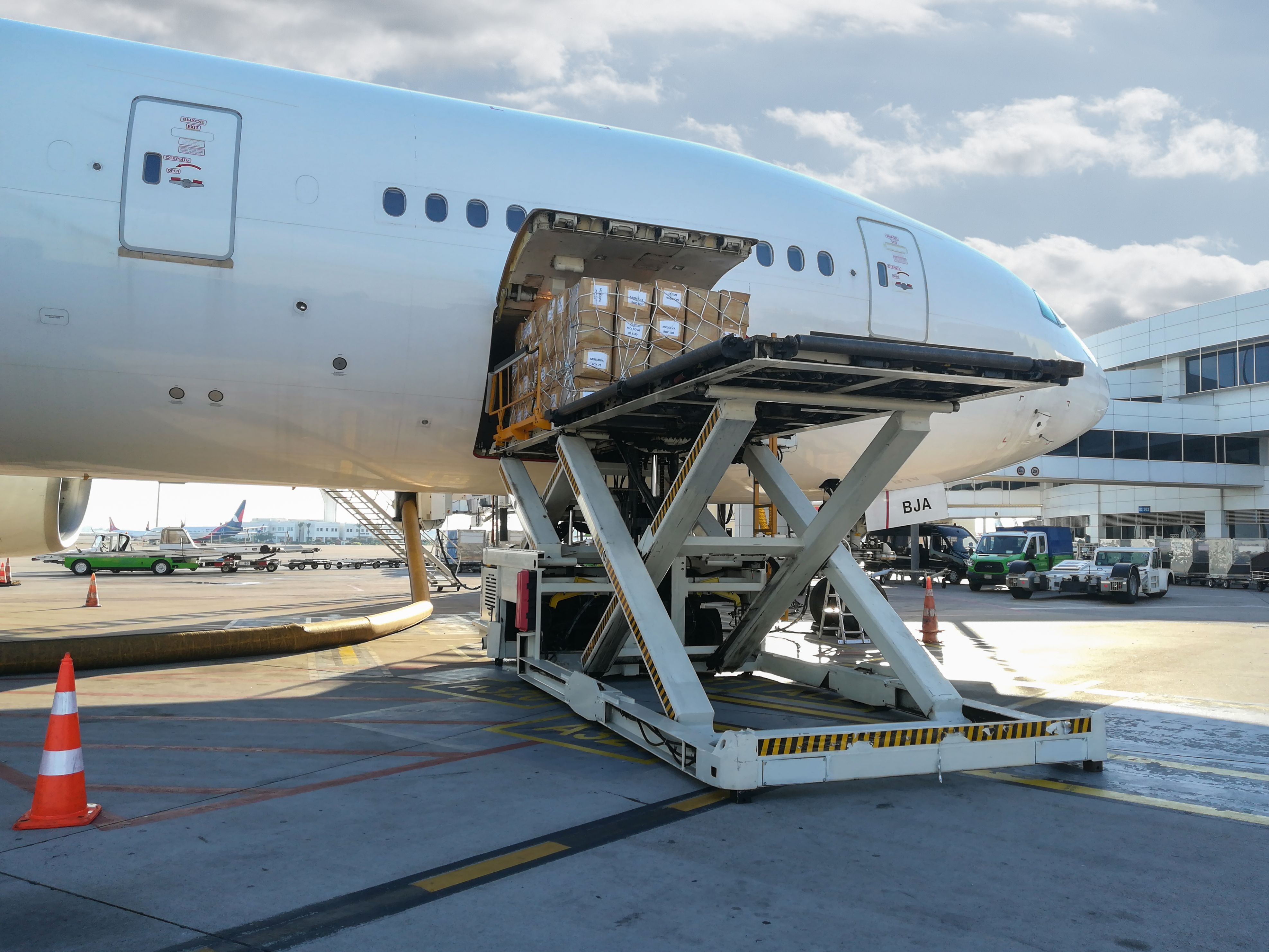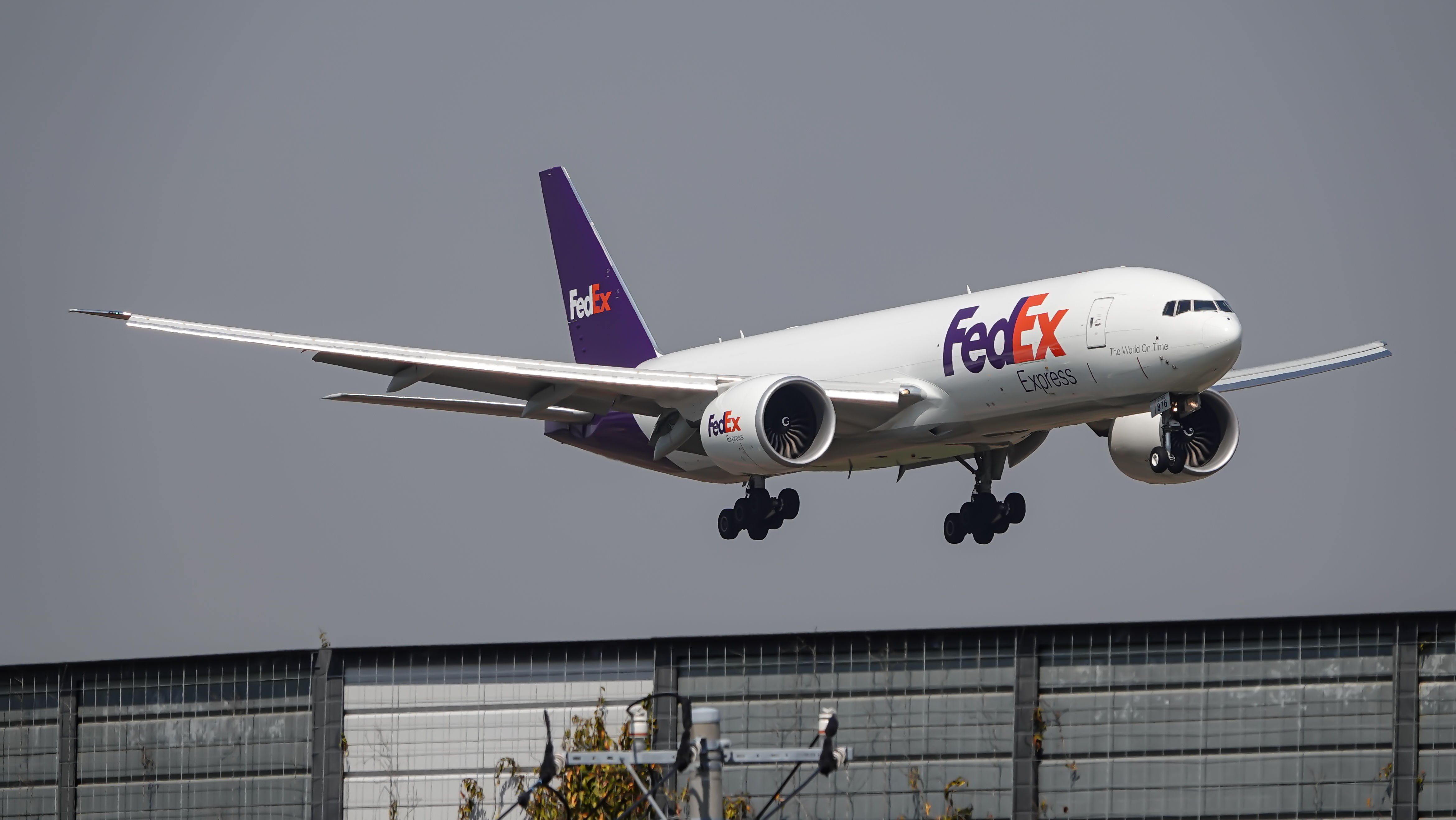Demand for air cargo services worldwide remains on the decline, although it is slowing at a lower rate compared to last month. Freighter capacity dropped slightly over April, replaced by belly capacity on returning passenger aircraft.
Cargo decline slows down
According to data released by the International Air Transport Association (IATA), global cargo demand – as measured in cargo tonne-kilometers (CTKs) – fell by 6.6% over April, an improvement on the 7.6% decline experienced in March and a 7.0% drop over April 2022.
Willie Walsh, IATA Director General, commented,
“The air cargo industry is adjusting itself to the implications of the recovery in passenger demand that brings with it an expansion of belly capacity. Preighter operations stopped in March and freighter services were scaled back by 2.3% in April. The demand environment is challenging to read. Tapering inflation is definitely a positive. But the degree and speed at which that could lead to looser monetary policies that might stimulate demand is unclear. The resilience that got the air cargo industry through the COVID-19 crisis is also critical in the aftermath.”
One of the leading indicators of cargo demand – the global new export orders component of the Purchasing Managers’ Index (PMI) – went up in April, with China passing the 50-mark after falling below it in March. IATA also noted an increase in global goods trade – the first since November 2022 – as a promising sign the industry slump is slowing.
Photo: Lukas Souza | Simple Flying
After the air cargo market experienced an unprecedented boom during the COVID pandemic, 2022 saw an 8% decline in demand and the sector has continued to shrink. However, the rate has been slowing over the past few months following a 15.3% decline in January. IATA has predicted cargo volume will decrease to 57.7 million tonnes this year, down from 60.3 million tonnes in 2022, citing a “more challenging global economic backdrop.”
Capacity exceeds pre-pandemic levels
Capacity in April – as measured in available cargo tonne-kilometers (ACTKs) – was up by 13.4% year-on-year, with IATA attributing this to more belly capacity as passenger operations recover – freighter capacity was down by 2.3% as a result.
Photo: Bahadir Yeniceri | Shutterstock
Capacity was also 3.2% higher than in April 2019, marking the first time in three years that capacity has exceeded pre-pandemic levels. By far the largest boost in capacity was in the Asia-Pacific region at 41.2%, with only North America seeing a slight decline at 1.5%.
North American cargo takes a hit
North American airlines experienced the most significant decline in cargo volumes at 13.1% from April 2022 and 10.2% from March. International cargo was particularly affected, with European route volumes down by 13.5% and Asian lanes down by 9.3%.
Photo: Ryken Martin/Shutterstock
Asia-Pacific carriers saw a slight 0.4% decline in volumes year-on-year – aided by the swift recovery of passenger services and more belly capacity – and a major improvement on March’s performance. It was a different story in Europe, which suffered an 8.2% drop in volume, with intra-Europe routes shrinking by over 16%.
The Asia-Pacific region has the largest cargo market worldwide at 32.4%, closely followed by North America (28.1%) and then Europe (21.8%).
Do you see the air cargo market continuing to shrink? Let us know your insights in the comments.






